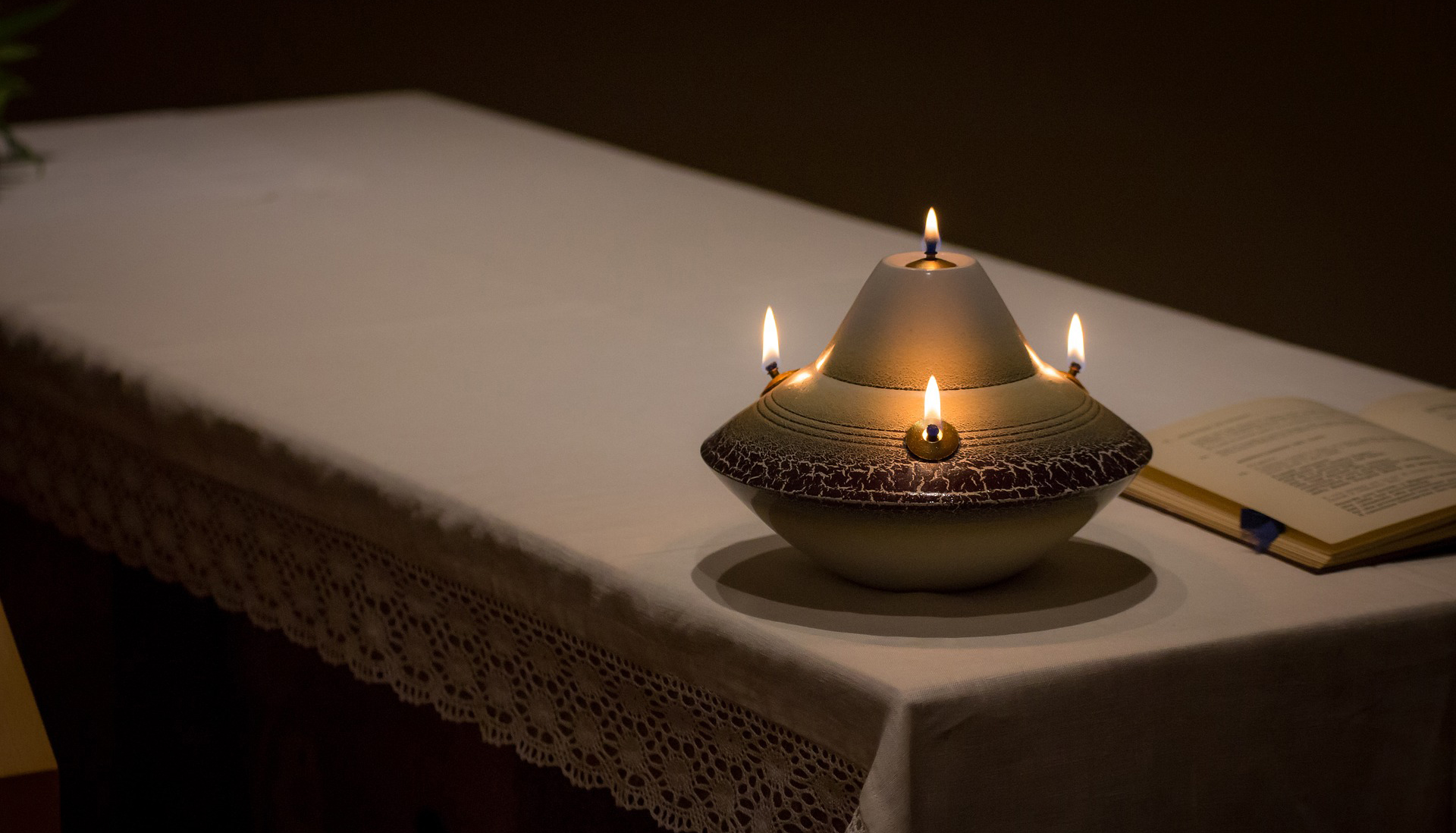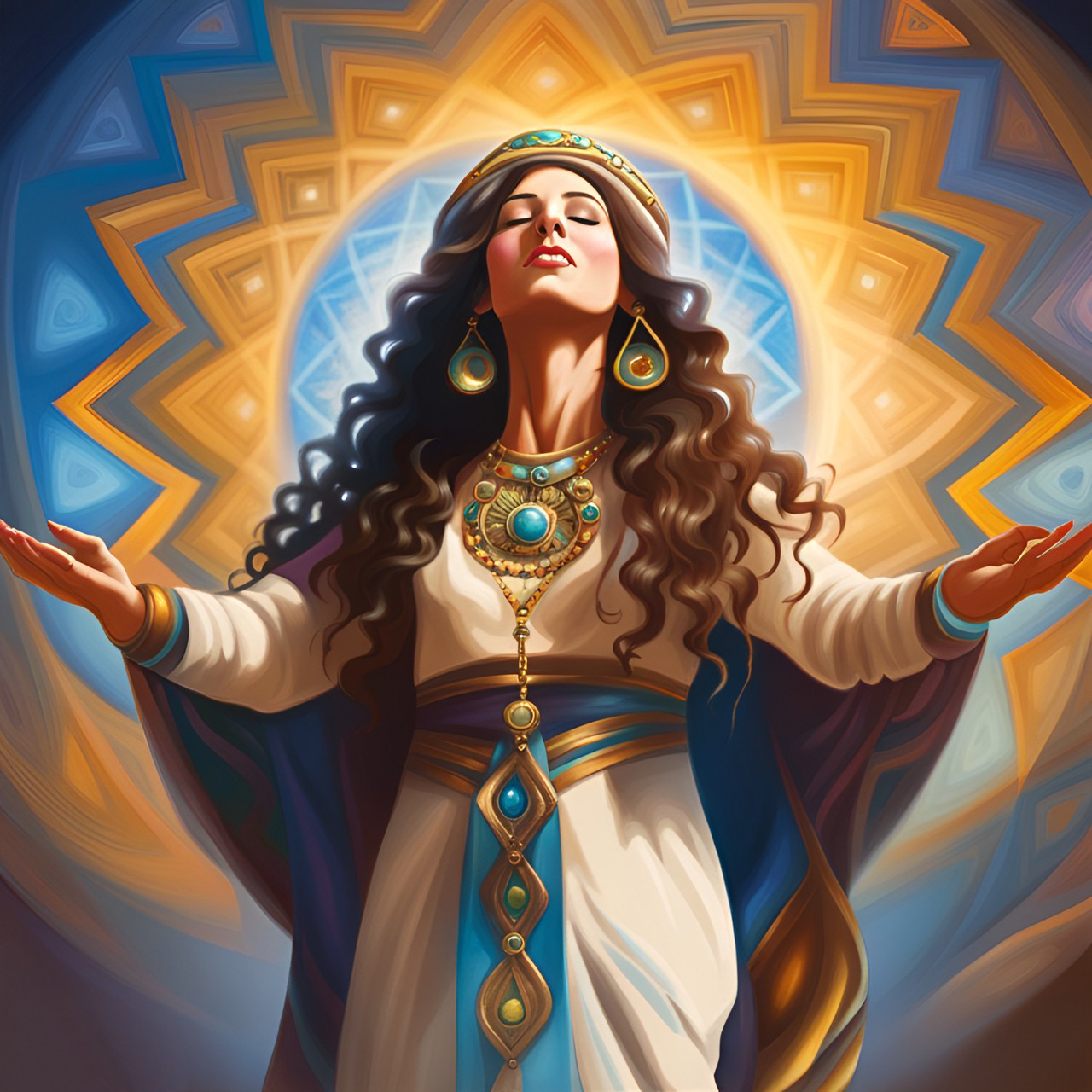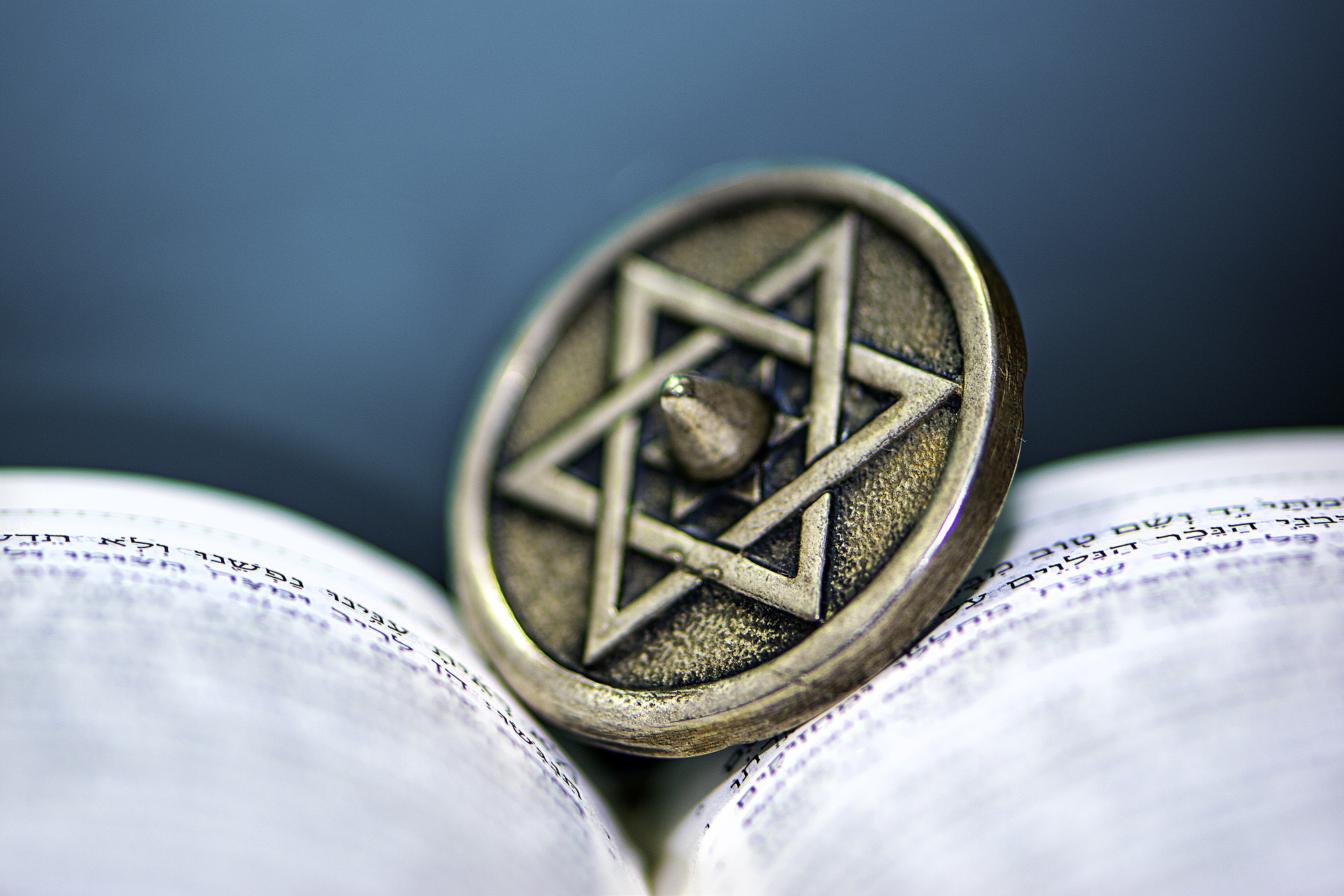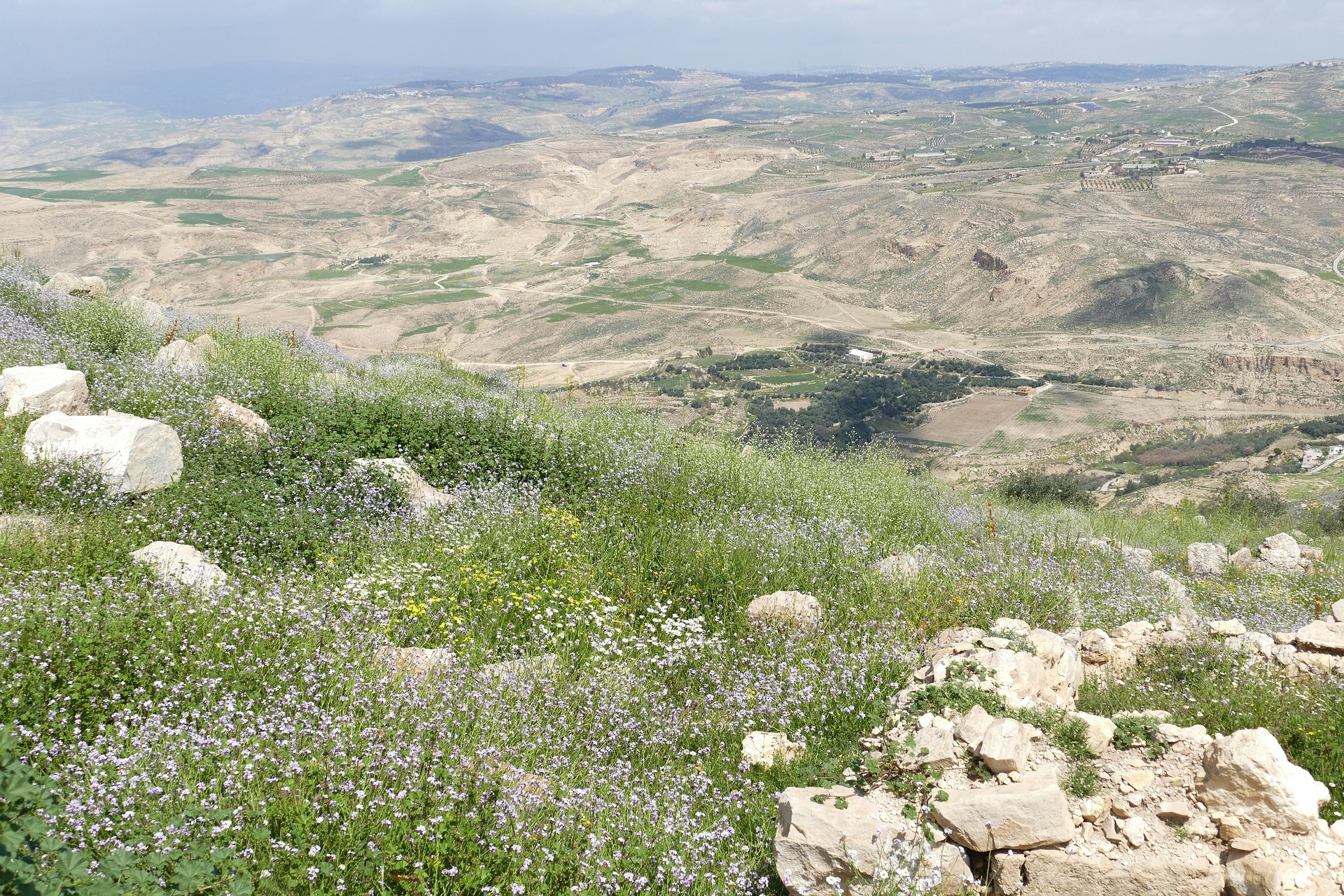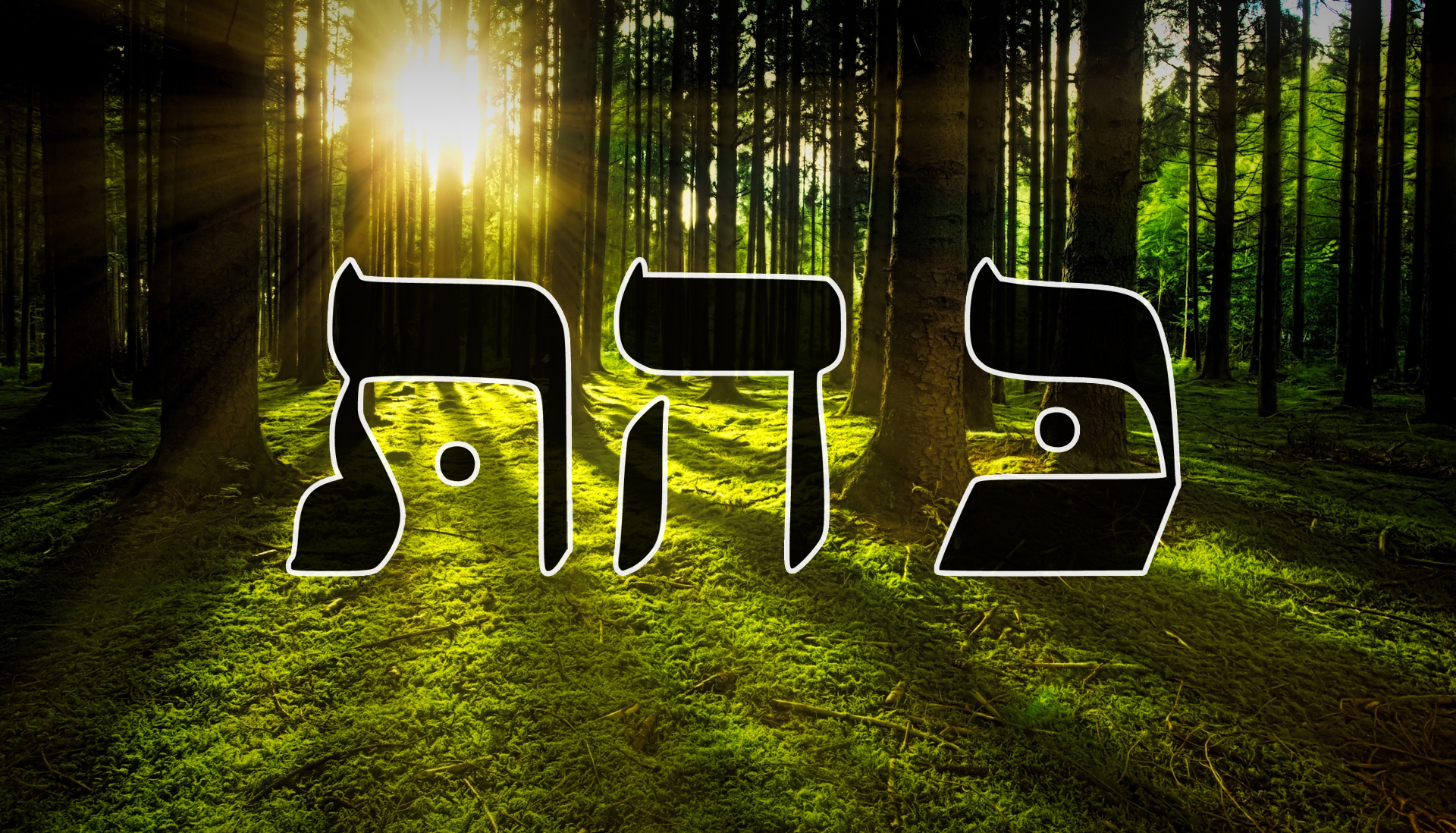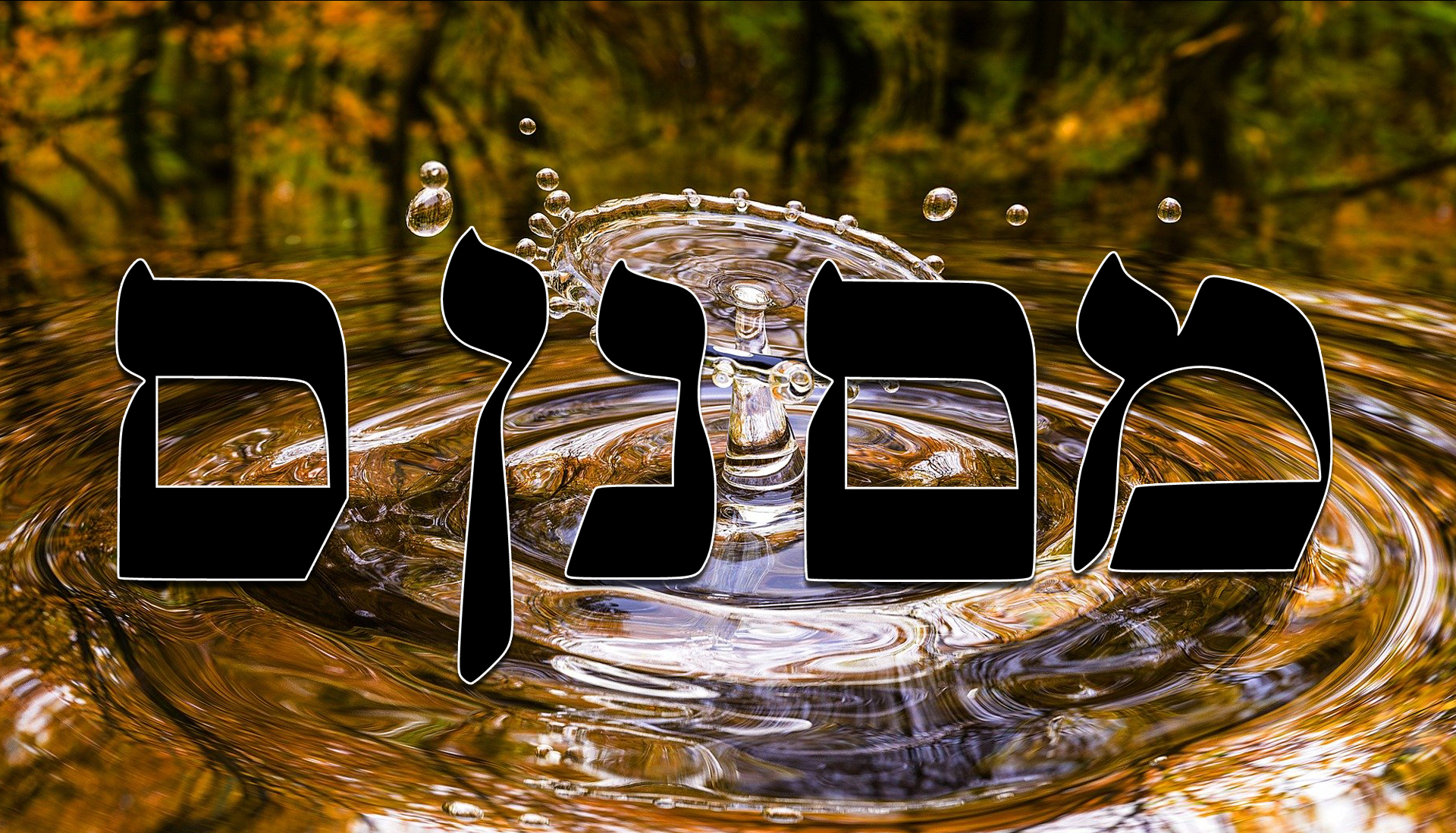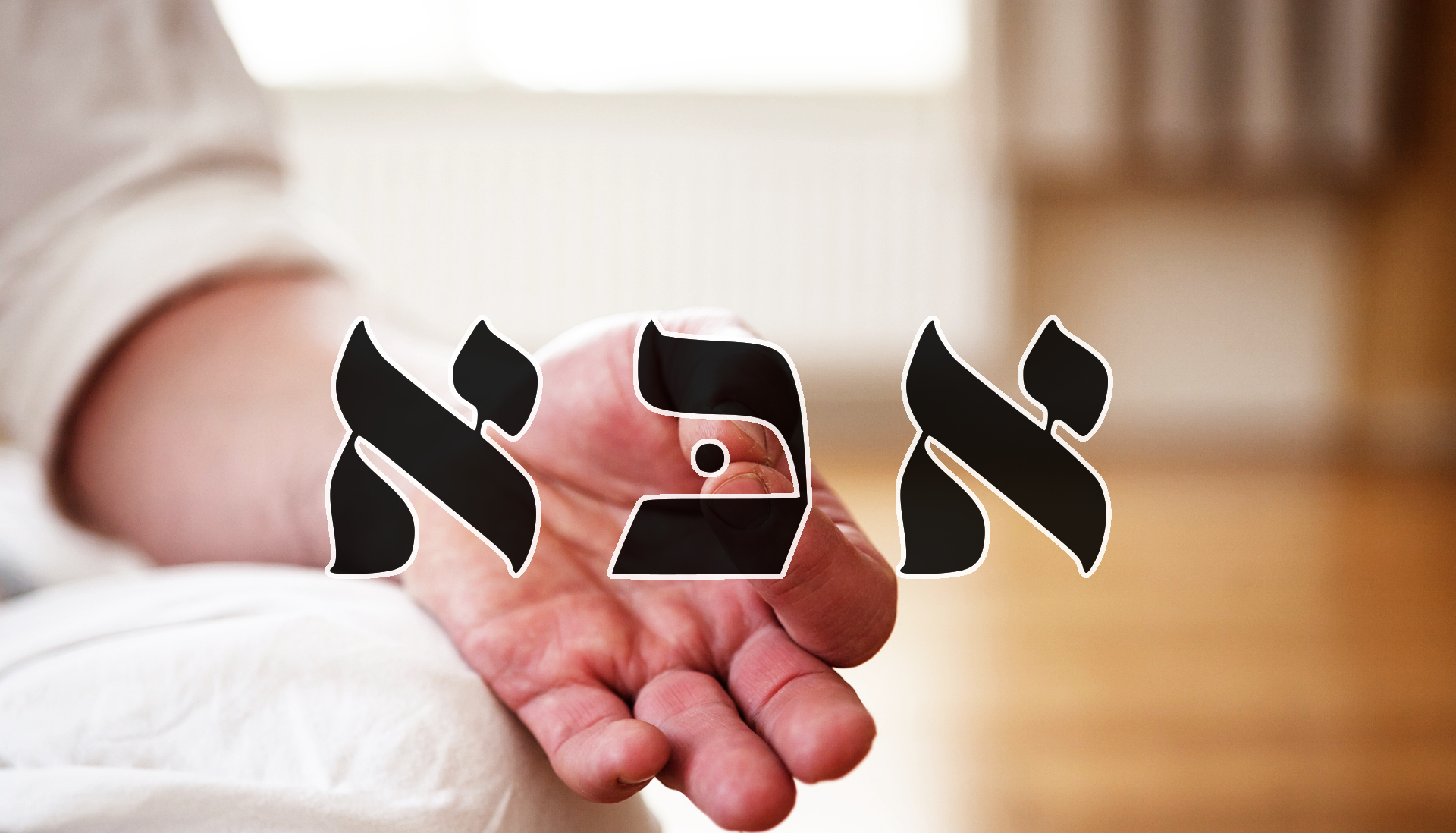Meeting in Reverence Before the Lord
“And [Raphael] said unto them, in the temple of the Lord: Behold eight tasks shall I give unto thee, teach thy people to do these each in their proper order.” -Book of Remembrance 25:2
As we meet together as Saints, some have asked the proper way to organize services. The correct answer of course is, by the Spirit. That said, the Lord has given us instructions on this topic through Raphael, as he spoke to Adam and Eve. These instructions should be used in our home temples, in our Synagogues, Tabernacles, and Temples for personal and group worship. And these may be used by seekers, disciples, and ministers. They are given to the world to be received in the spirit.
Neum and Kabbalah
Behold, I am Neum, the Oracle, reader of the stars—I am she who pours out the libations for YHVH; I am she who still dances in prophecy when the daughters do sing, and the young men do play their harps and beat their drums.” -Neum 2:1-2 Neum is not a traditionally recognized Kabbalistic text in the sense of being a part of the core Kabbalistic literature like the Zohar, Sefer Yetzirah, or Bahir, but it certainly contains themes, imagery, and spiritual ideas that align closely with Kabbalistic principles. There are a few reasons why Neum can be seen as resonating with Kabbalistic thought, even if it isn’t classified as a Kabbalistic book. Let’s review a few of these reasons. The Mystical Relationship Between Israel and God One of the central motifs in Neum is the depiction of Israel as the bride of God, which is a key Kabbalistic concept. In Kabbalah, particularly in the writings of the Zohar, the relationship…
Kabbalah and the Spiritual Path
One question I am often asked is how one can strengthen their relationship with God, particularly during periods of doubt or when one is feeling disconnected from God. As a Mormon Kabbalist, I generally endorse Kabbalistic principles. Kabbalah is the mystical arm of Judaism. Like Mormonism, it seeks to understand the truth of God and the universe. It incorporates a variety of spiritual practices, including prayers, meditation, and scripture. The idea is that anyone can achieve greater spiritual awareness and connection with the divine. Like Mormonism, Kabbalah places a strong emphasis on personal revelation and direct communication with God.
Multiple Mortal Probations
Note: This article originally ran February 8, 2020.
“Thus are the five stages of man: Intelligence, Spirit, Flesh, Soul, and Resurrected Being; the final being all stages in one, a Morning Star—forever complete.” –Melchizedek 4:9
The Church of Jesus Christ in Christian Fellowship has no official position on gilgul (גלגול, Hebrew for “rolling”), past lives, reincarnation, or multiple mortal probations (or MMP). There are a number of views on these within the Latter Day Saint movement, from their necessity to reach the highest degrees of Heaven, to outright disdain. Here we will introduce you to some of these concepts as they relate to both the Latter Day Saint movement and Kabbalah. Please note that this is just an introduction. More study on these topics is encouraged.
The Tradition of Mormon Kabbalah
While Nephi warned us against stagnation, he also taught the Kabbalistic idea of continuing ever forward in God.
The Hamsa
“Therefore shall they receive a glorious kingdom, and a beautiful crown from the Lord’s hand: for with his right hand shall he cover them, and with his arm shall he protect them.” -Wisdom of Solomon 5:16
The hamsa (Hebrew: חמסה) is a amulet in the shape of a palm popular throughout the Middle East and North Africa. It can be found in both jewelry and wall art. In Arabic it is called khamsah (خمسة), meaning “five” or “the five fingers of the hand.” This symbol can be found in kabbalistic manuscripts and amulets, doubling as the letter shin, the first letter of the divine name Shaddai. The hamsa is depicting as an open right hand, much like the Sign of the Law of Sacrifice. This image has been used and recognized as a sign of protection throughout history.
Wondering in the Wilderness (Video)
And it came to pass the selfsame day, that the LORD did bring the children of Israel out of the land of Egypt by their armies.” -Exodus 12:51
If the Exodus story didn’t happen, what is the point of Israel being slaves in Egypt, wondering in the desert, and committing genocide to gain the promised land? Looking at the story through they eyes of Mormon Kabbalah can grant us insight.
Kaf Hei Tav
“O come, let us worship and bow down: let us kneel before the Lord our maker.” -Psalms 95:6
Kaf Hei Tav (Hebrew is read backwards) is the eighth name of God in the 72 Kabbalistic names of God. It is a meditation and mantra for defusing negative energy and stress. On a personal level this may be used for cleaning or renewal. When used as a Priesthood ordnance, it may be used for comfort, cleansing and exorcisms. It draws on the purifying Light of Christ to cleans, restore, and refresh.
Aleph-Bet: Mem, Nun, Samekh
There are twenty-two letters in the Hebrew Aleph-bet (alphabet). This brief overview will define three of them, Mem, Nun, and Samekh, going over the basics of their mystical interpretations. In Mormon Kabbalah, these letters are used for spiritual communication in ways that do not require one to be fluent in the language. These letters help us gain a direct spiritual communication going beyond mere words. Meditation with the letters is a common practice in Kabbalah to help facilitate spiritual growth.
Aleph-Bet: Yod, Kaf, Lamed
There are twenty-two letters in the Hebrew Aleph-bet (alphabet). This brief overview will define three of them, Yod, Kaf, and Lamed, going over the basics of their mystical interpretations. In Mormon Kabbalah, these letters are used for spiritual communication in ways that do not require one to be fluent in the language. These letters help us gain a direct spiritual communication going beyond mere words. Meditation with the letters is a common practice in Kabbalah to help facilitate spiritual growth.
Thoughts from the Teacher
Question #1: Is Lishma considered the corrected version of Lo Lishma? It seems obvious to me that it is, but I’ve been fooled by the obvious before.
Aleph Kaf Aleph
“The Lord is merciful and gracious, slow to anger, and plenteous in mercy.” -Psalm 103:8
one of the 72 Kabbalistic names of God, Aleph Kaf Aleph is known as the root of the soul. It is used to help one bring order to their life by helping them connect to their soul, the Born Again new life created the moment one’s heart is pierced.

